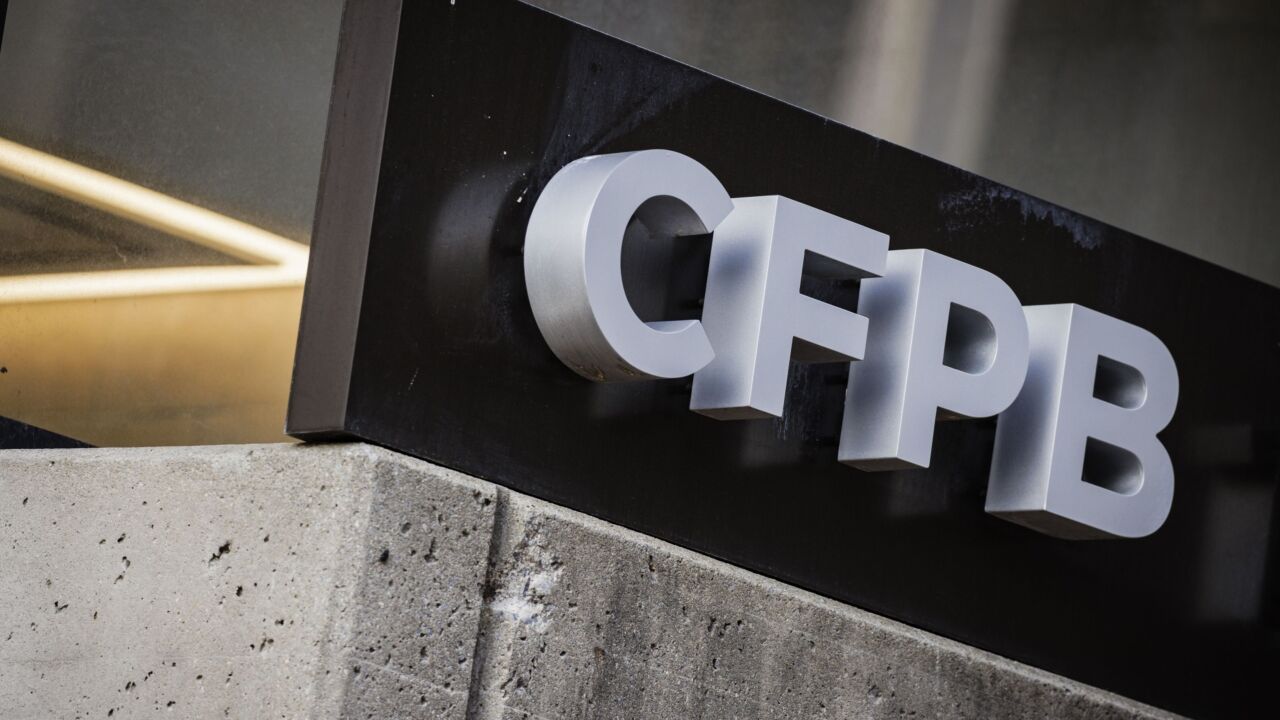
The
But it is important not to let convenience be the enemy of thoughtful examination. What Congress is actually facing is the tension between increased risk to the banking system (the Deposit Insurance Fund) and something that approaches a federally guaranteed right to individual banking services.
Data — not mere opinion — shows that certain kinds of banking customers' accounts have characteristics that cause risk to a bank. These characteristics may include significantly higher volatility in demand deposit accounts, or a more complex account transaction profile that needs expert transaction-level anti-money-laundering compliance for, say, a fintech customer or partner that "nests" customer money in a "for the benefit of" account. The immense damage that fintech firm Synapse wrought on Evolve Bank & Trust in 2024, documented by court-appointed trustee Jelena McWilliams, demonstrates this phenomenon.
Because customers or partners in certain industries or with certain business profiles use banking services in a manner that poses more risk to a particular bank, policymakers have two choices. First, Congress could tell regulators simply to absorb the risk, which would most likely manifest in increased use of the Deposit Insurance Fund as now-riskier banks fail and require orderly resolution. This is an entirely legitimate public policy choice — more risk, yes, but perhaps for more reward in the form of allowing more risk to be taken in bank-fintech relationships, which might inure to the benefit of consumers, businesses and asset classes. In this world, the collapse of Silicon Valley Bank, precipitated in significant part by its high concentration of uninsured deposits and their increased tendency to run, would have been more tolerable. But many members of Congress were, wisely, critical of regulators' allowing this level of risk. Moreover, Deposit Insurance Fund losses are later socialized among all (or most) banks; there is no free lunch.
Committees in both the House and Senate will hold hearings this week about debanking — a term that means different things to different people.
The second option reduces risk to the Deposit Insurance Fund by allowing (if not requiring) regulators to force banks to manage higher-than-normal customer risk. The regulator, after reviewing the bank's balance sheet and customer relationships and undertaking a data-driven examination, would tell bank management that it is undercapitalized or too illiquid to be considered safe and sound. In such cases, the regulator could direct the bank or its holding company to increase capital or liquidity coverage, place restrictions on the bank's activities (as the FDIC did to Old Glory Bank in May 2024), or direct bank management to increase its expertise and capabilities in AML/BSA. But these directives cost money. Unless public policy is going to force the bank to take on a customer, it has to offer the bank the ability to terminate the customer relationship if the bank does not want to expend the resources to mitigate the additional risk.
The House Financial Services Committee will hold a hearing this week on community banks, a diverse and wonderful array of lenders that are the hallmark of the deepest and most liquid consumer and business markets the world has ever known. Unlike other countries in which the provision of credit is relatively monolithic and intertwined with government policy, America is the land of (credit) opportunity. But as the Dodd-Frank Act was successful in deleveraging banks from about 20:1 to 8:1, competition shifted. Today, many community banks are finding alpha in fintech partnerships — business deals with technology companies. Many of these partnerships offer significant benefits to customers, helping them shop for a mortgage, student loan or credit card, invest for retirement, or gain exposure to digital assets. But the bank-fintech partnership comes with new challenges for a community bank that may not have the requisite experience in management or on its board to manage new or increased risk. That does not make the risk bad at all; it just requires more capital (financial or human) to manage it.
Public policy needs to converge on an acceptable amount of risk in the banking system. Policymakers should decide either to tolerate more risk and spare the outcry when a bank fails and the Deposit Insurance Fund is used or to tolerate less risk and empower regulators to place conditions on financial institutions. In the latter case, the "debanking" problem needs to be cabined only to circumstances where the regulator is illegally preferring his or her own politics over the bank's. In most cases, however, we will need to be comfortable with the reality that some individuals, businesses and types of accounts with certain demonstrable risk profiles may find it hard to access banking services.






